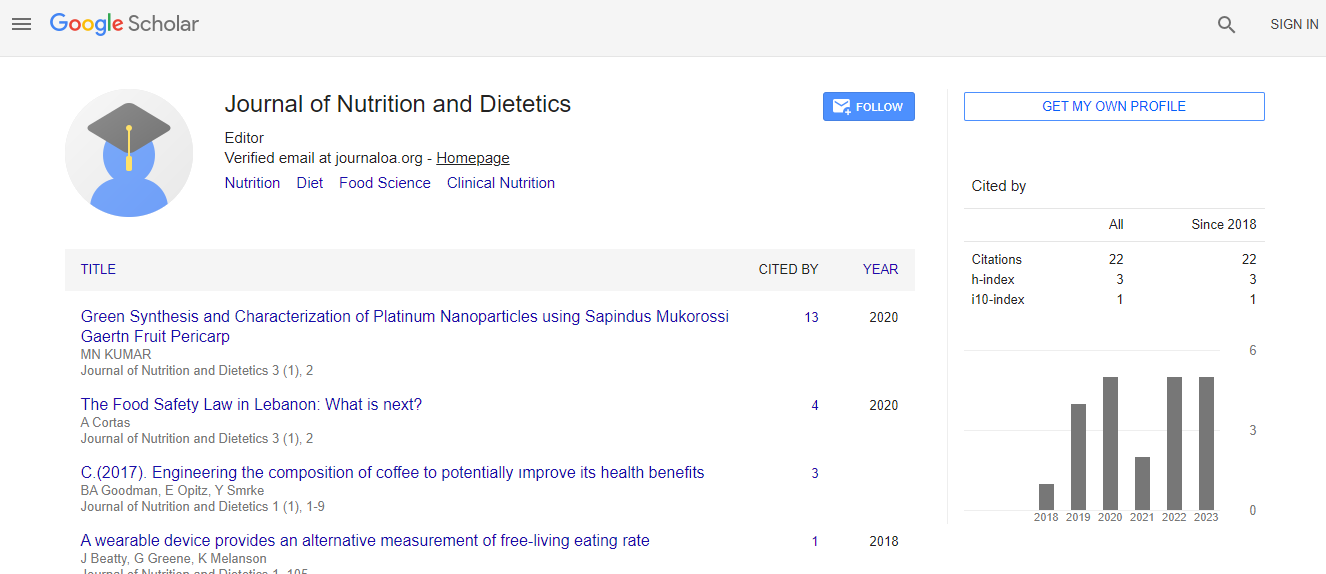Nutrition Composition and Sensory Properties of Bread and Fufu produced from Cassava (Manihot esculenta) and Mungbean (Vigna radiata) Flour Blends
*Corresponding Author:
Copyright: © 2020 . This is an open-access article distributed under the terms of the Creative Commons Attribution License, which permits unrestricted use, distribution, and reproduction in any medium, provided the original author and source are credited.
Abstract
Objectives: The research article investigated the nutrient composition and sensory properties of bread and fufu produced from cassava-mungbean base flour blends Methodology: High Quality Cassava Flour (HQCF) and Odourless Fufu Flour (OFF), complemented mungbean flour at different substitution levels 10C:60W:30M (sample A); 20C:50W:30M (sample B); 30C:40W:30M (sample C) and 100% wheat flour (sample D) for bread production. And 50M:50F(sample A); 40M:60F (sample), 30M:70F (sample C), 60M:40F(sample D) and 100% cassava-fufu flour for fufu production. Nutrient (protein, calcium, iron and beta-carotene) composition of the bread samples and proximate (moisture, protein, crude fiber, fat and carbohydrate) and anti-nutrient (tannin, saponin and oxalate) compositions of fufu samples were determined. Sensory properties of bread (taste, appearance, aroma, texture and general acceptability) and fufu (texture, appearance, aroma and general acceptability) samples were also evaluated. Results: The result showed protein content ranging from 4.97%-9.14% in bread and 0.96%-1.4% in fufu products. The moisture content of fufu flour samples was low (7.02%-9.64%). The fufu samples were found to contain low anti-nutrients; oxalate (0.02%-0.17%), saponin (0.13%-0.27%), tannin (0.11%-0.12%) and appreciable calorie yield (1502 KJ-1561KJ). Bread and fufu produced from flour blends of cassava-mungbean base flours were acceptable to the taste panel members, ranking more than 4.0 in all the parameters tasted. Conclusion: Acceptable bread and fufu with improved nutrient composition were obtained from flour blends of cassava-mungbean. Flour blends of cassava-mungbean is therefore, recommended for adoption at households for bread and fufu production

 Spanish
Spanish  Chinese
Chinese  Russian
Russian  German
German  French
French  Japanese
Japanese  Portuguese
Portuguese  Hindi
Hindi 